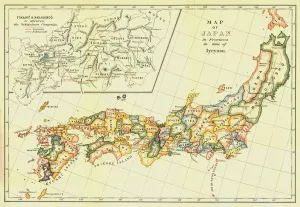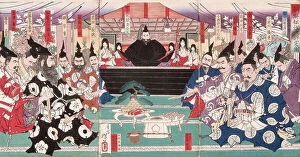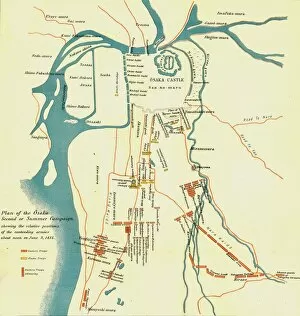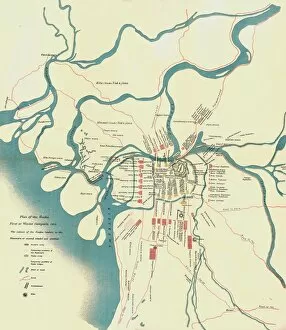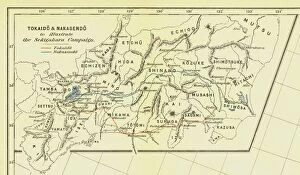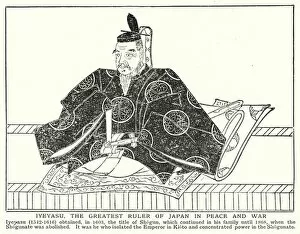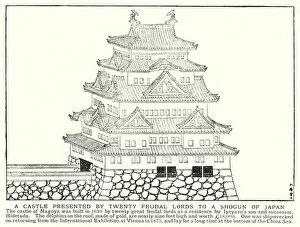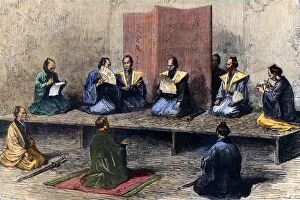Iyeyasu Collection
Iyeyasu Tokugawa, a legendary Japanese general and statesman, was the mastermind behind the establishment of the powerful Tokugawa shogunate
All Professionally Made to Order for Quick Shipping
Iyeyasu Tokugawa, a legendary Japanese general and statesman, was the mastermind behind the establishment of the powerful Tokugawa shogunate. Born in 1542, Iyeyasu's strategic brilliance and unwavering determination made him one of Japan's greatest rulers in both times of peace and war. The map from 1903 showcases Japan divided into provinces during Iyeyasu's era, providing a glimpse into the geographical landscape he navigated. Another plan depicts the Battle of Sekigahara in October 1600, a pivotal moment that solidified his rise to power. The detailed illustration highlights his tactical acumen as he emerged victorious against rival factions. In subsequent plans from 1614 and 1615 respectively, we witness Iyeyasu's military prowess during the Osaka campaigns. These battles further secured his dominance over Japan by quelling rebellions and consolidating his rule. Furthermore, an intriguing lithograph portrays Iyeyasu himself - a figure who commanded respect throughout Japan for his leadership abilities. His legacy is also evident through stunning temples at Nikko that have stood for centuries; their grandeur reflecting the deep reverence bestowed upon him even after death. A castle presented to Shogun Iyeyasu by feudal lords exemplifies their loyalty towards this remarkable ruler who brought stability to Japan after years of turmoil. Additionally, John La Farge's depiction of Iyeyasu's tomb serves as a testament to his enduring impact on Japanese history. Lastly, an artwork from "A Mirror of Great Warriors" series captures Iyeyasu at the entrance to a palace - symbolizing not only his authority but also highlighting how he shaped Japanese society with political reforms that fostered peace and prosperity.

